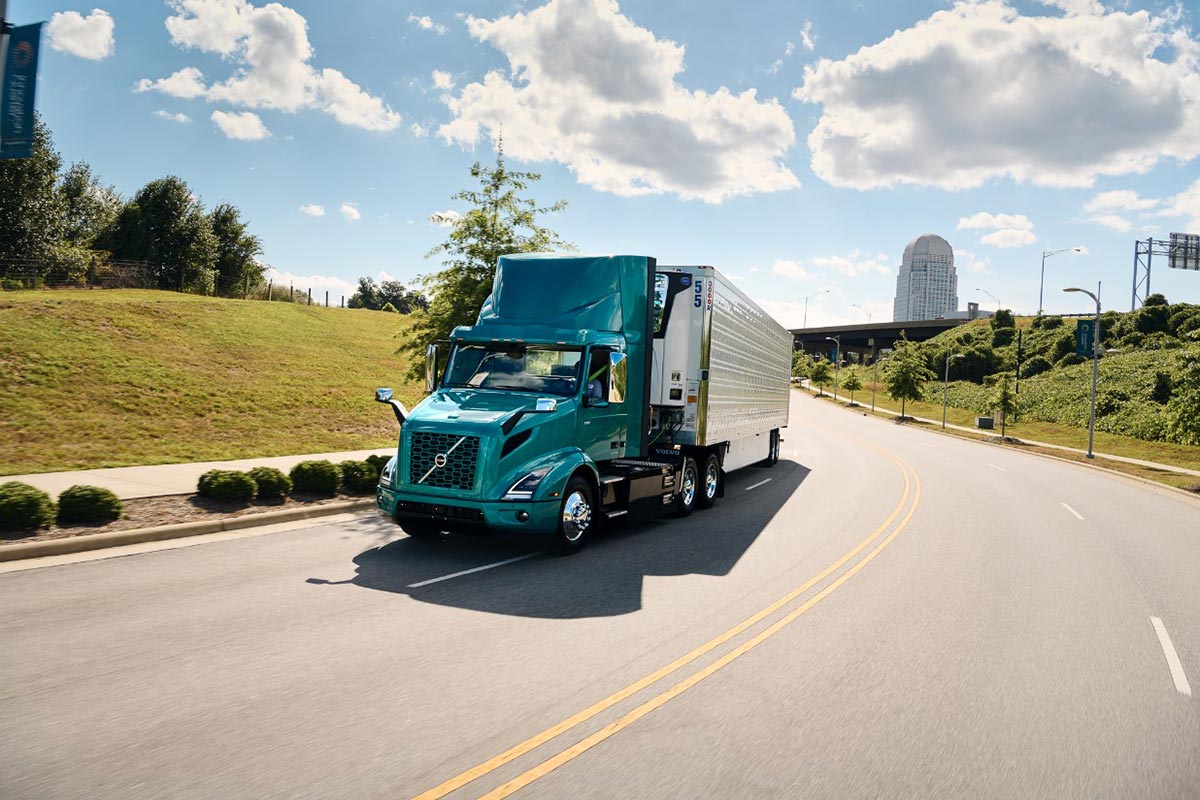Volvo Expanding the Range of Battery-Powered Truck
Volvo continues to advance its battery technology, expanding the range of its trucks to run significantly longer off of a single battery charge.
Volvo has recently claimed that they will soon be expanding the range of their Volvo FH Electric truck. The battery in the FE Electric model currently runs up to 300 miles on one charge. The improvements will allow it to run approximately 372 miles.
Volvo’s New Battery
Expected to roll out in Europe during the second half of 2025, Volvo has made several improvements to allow the use of this battery. The main cause is the addition of a new e-axle in their FE Electric truck that allows for more space within. In addition, Volvo also sites more efficient batteries, a more efficient powertrain, and an improved battery management system as factors in the increase of battery power.
Volvo said that this new battery will allow truckers to stay on the road longer with a single charge, reducing downtime during the workday. Roger Alm, president of Volvo Trucks, had the following to say…
“Our new electric flagship will be a very good complement to our wide range of electric trucks and enable zero-emission transport even for long distances. It will be a good solution for transport companies with high annual mileage on their trucks and a strong desire to reduce their carbon dioxide emissions.” – https://www.volvotrucks.com
While the FE Electric is distributed in parts of Europe and Asia, it is not yet being sold in America. It is built at the Volvo plants in Tuve, Sweden, and Ghent, Belgium.
Volvo’s Use of Battery Power and Clean Energy
As a global leader in medium- and heavy-duty electric trucks, Volvo Trucks offers a diverse lineup of eight battery-electric models. These cover a broad spectrum of applications including city and regional distribution, construction, waste management, and soon, long-distance transport. To date, Volvo has delivered over 3,800 electric trucks across 46 countries.
Volvo Trucks is working towards net-zero emissions by 2040 using a three-path technology strategy.
This strategy encompasses battery-electric vehicles, fuel-cell electric vehicles, and combustion engines that use renewable fuels such as green hydrogen, biogas, or Hydrogenated Vegetable Oil (HVO).
Related Articles:


